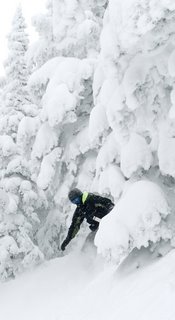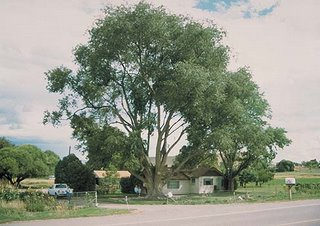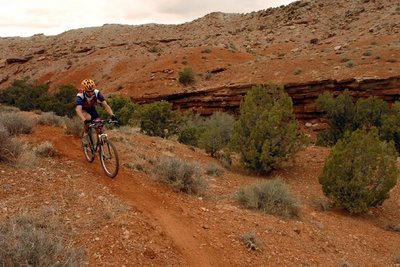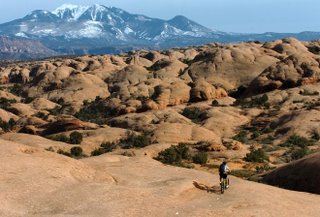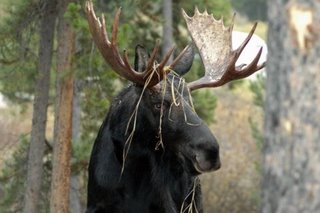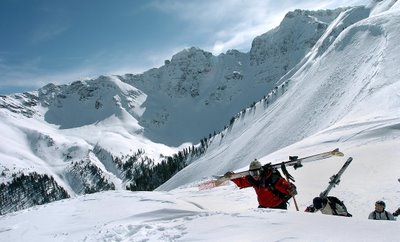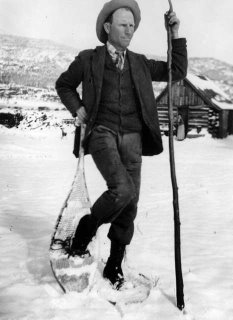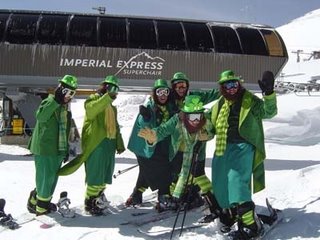
It's called delisting, and yesterday, the Wildlife Society endorsed it. A release sent by the National Wildlife Federation announced the organization believes grizzly bears in the Yellowstone ecosystem should be removed from the threatened and endangered species list:
Missoula, MT (March 22) – The nation’s largest organization of professional wildlife scientists has endorsed the removal of grizzly bears in the Yellowstone ecosystem from the nation’s list of threatened and endangered species. The Wildlife Society, comprised of nearly 7,000 individuals nationally, is joined by its Montana, Idaho and Wyoming chapters in supporting the delisting of Yellowstone’s grizzly bears.
The Wildlife Society’s position statement calls the grizzly recovery effort “a model for how cooperative efforts by state and federal resource management agencies can lead to the recovery of a listed species.” The Wildlife Society statement is particularly important in contrast to a recent letter signed by some scientists who oppose delisting.
In November, the U.S. Fish and Wildlife Service declared Yellowstone grizzly bears recovered and proposed plans to remove the bears from the Endangered Species Act’s list of threatened and endangered species. The Wildlife Society has chosen to endorse delisting because it found that population abundance, distribution, and mortality targets established in the Grizzly Bear Recovery Plan have not only been met, but “far exceeded targets in the recovery plan.”
According to the Wildlife Society:
- From an abundance standpoint, the goal of observing at least 15 different females with newborn cubs per year (based on a six-year running average) across a standardized counting area consisting of the recovery zone and a ten-mile perimeter was met every year since 1986. Extrapolating from the number of females with newborn cubs observed during 2004, the total population was estimated to be 588 bears using the methods of Keating et al. (2003). This estimate is greater than twice the population of 250 bears calculated at the time of listing in 1975.
- The annual distribution target (i.e., at least 16 out of 18 of the recovery zone's Bear Management Units must be occupied by observed females with offspring over a six-year running sum) was exceeded every year since 1998. During three of these years (2000-2002), females with offspring were observed in all 18 Units.
- Mortality of females aged two years of age or older, from all causes including estimates of unreported mortality, has been below the current threshold of no more than 9%.
“Grizzly recovery efforts have been under way for more than 20 years,” says Tom France, Director of the National Wildlife Federation’s Northern Rockies Natural Resource Center here. “Leading bear scientists helped develop a bear recovery plan with specific recovery goals. These recovery goals have undergone extensive public review, and have been ratified by the courts.”
The Wildlife Society statement notes, “the current level of recovery in Yellowstone was achieved through the active collaboration of state and federal resource management agencies. The continuation of this fruitful collaboration may be jeopardized if unattainable recovery targets are substituted for realistic and pragmatic ones.”
“We have been involved with grizzly recovery every step of the way, including development of quantifiable recovery goals,” says France. “Over the last two decades we have leaned hard on both federal and state agencies to ensure these goals were met. Now we feel a deal is a deal. It would be wrong for us to try to raise the recovery bar now that goals have been met and exceeded.”


